A Word for Blue
Across languages, cultures, and time, blue is humanity’s most novel color. As far back as we can track human words for colors and their appearance in art and artifact, black and white were first, then red, yellow, and green.
Please note that shipping will be slower than usual for orders placed between Dec. 24-Jan. 15! Thank you for your patience.

Across languages, cultures, and time, blue is humanity’s most novel color. As far back as we can track human words for colors and their appearance in art and artifact, black and white were first, then red, yellow, and green.
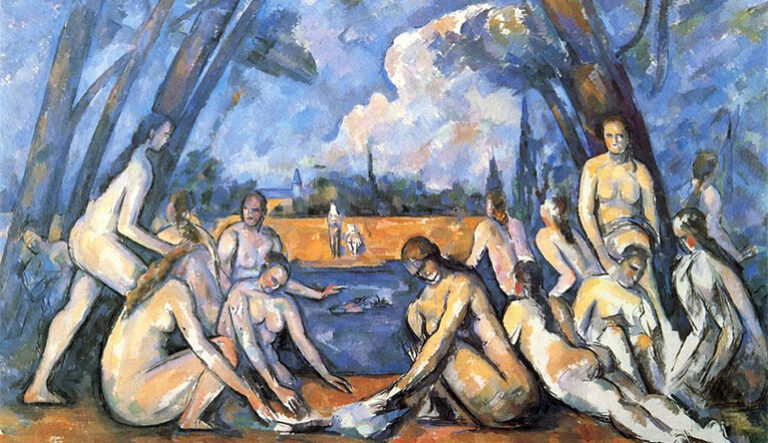
What’s missing in the literary world, especially when it comes to women, is a dialogue around anal sex.

On Twitter, people keep saying this “isn’t normal.” In this story, the villain is an exception to the rule of normalcy. Maybe, I thought, that story is easier to tell than the real one.
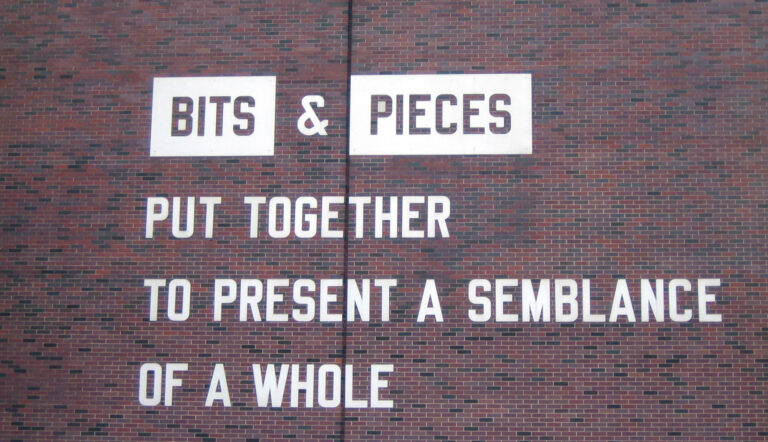
With many contemporary poets publishing (sometimes multiple) memoirs, there’s clearly a desire for these writers to share their worlds in a form other than poetry. Is it as simple as the appealing arc of a compelling narrative? What other issues might come to bear, particularly in our current social landscape, for a poet to share her experience, to say, This is my story—without the poetic slant?

On my desk, Maggie Nelson’s The Argonauts and Gloria Anzaldua’s Borderlands/La Frontera sit one atop the other. I didn’t plan it that way. It just sort of happened like that—I read one and then I read the other. It wasn’t until this week, when I was leafing through them both, that I realized, OH MY…

“I want to tell you what happened on the way to dinner.” Christopher Castellani‘s The Art of Perspective: Who Tells the Story begins with that simple phrase, the driving force of storytelling: the author has something they want to convey. Which quickly leads us to the issue of how to convey it. Castellani, a Ploughshares…
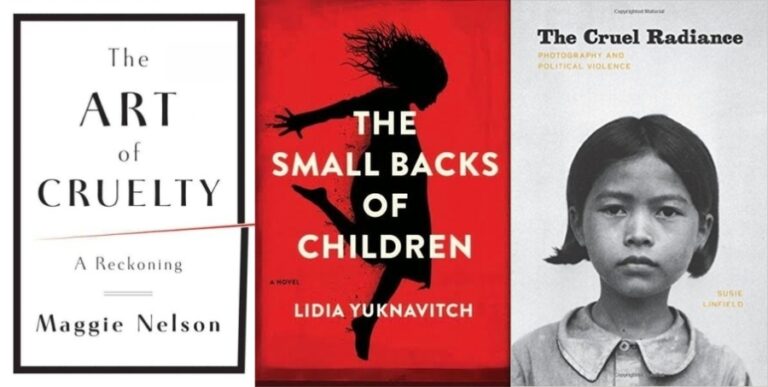
How to talk about violence in literature, when the term violence is so broad? “Violence” is defined as “behavior involving physical force intended to hurt, damage, or kill someone or something,” but it’s also used to depict the “strength of emotion or an unpleasant or destructive natural force.” How to talk—or write—about violence at all, both…
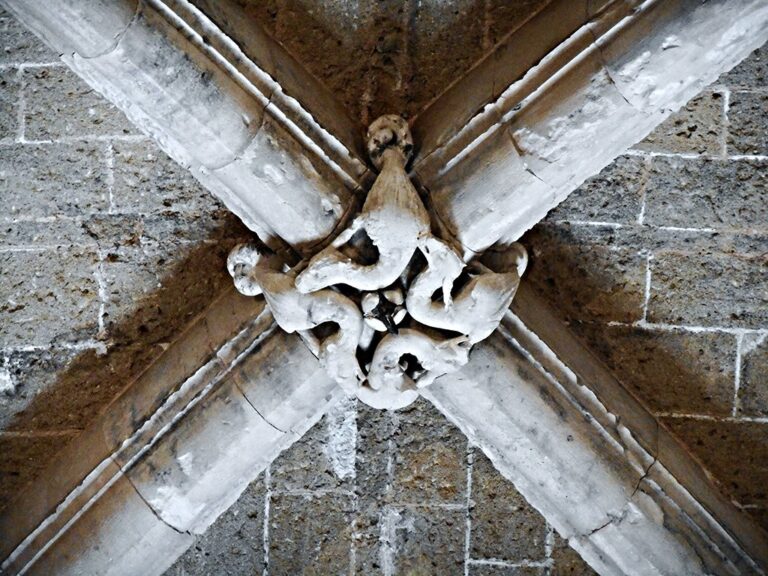
According to Wikipedia, a keystone is “used figuratively to refer to a central element of a larger structure […] that locks the other elements in place and allows the whole to be self-supporting.” With a stone archway, the form is inherent, or predetermined. First, there is the abutment, then vertical supports, then voussoirs, and finally,…
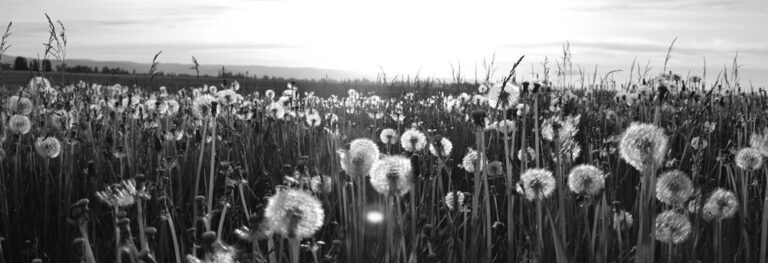
In her most recent book, Dandarians (Milkweed, 2014), Lee Ann Roripaugh writes in the borderland between poetry and prose, blurring boundaries and finding the unfamiliar music in everyday language. She is also the author of three previous books of poetry, including Year of the Snake, which won the Association of Asian American Studies Book Award…
No products in the cart.